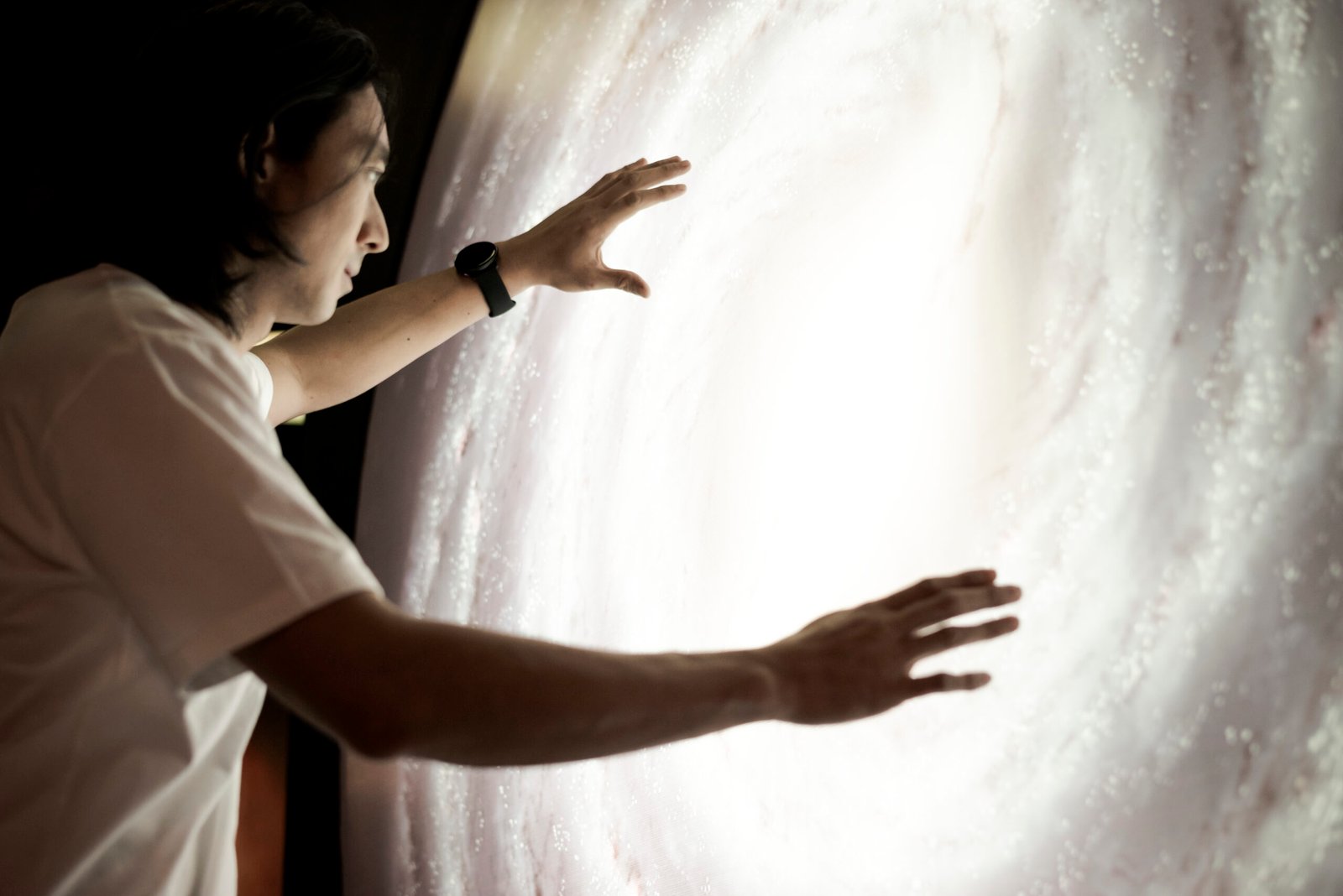Date
Parkinson’s disorder is a progressive disorder that affects the nervous system and the corridor of the body controlled by the nerves. Symptoms start sluggishly. The first symptom may be a slightly conspicuous earthquake in just one hand. temblors are common, but the disorder may also beget stiffness or slowing of movement.
In the early stages of Parkinson’s disease, your face may show little or no expression. Your arms may not swing when you walk. Your speech may come soft or slurred. Parkinson’s disease symptoms worsen as your condition progresses over time.
SUBSCRIBE TO OUR YOUTUBE CHANNEL
Although Parkinson’s disorder cannot be cured, specifics might significantly ameliorate your symptoms. sometimes, your healthcare provider may suggest surgery to regulate certain regions of your brain and ameliorate your symptoms.
Parkinson’s disease Symptoms
Parkinson’s disease signs and symptoms can be different for everyone. Beforehand signs may be mild and go unnoticed. Symptoms frequently begin on one side of the body and generally remain worse on that side after symptoms begin to affect the branches on both sides.
How To Deal With Your Teenager
Parkinson’s signs and symptoms may include | Parkinson’s disease Symptoms
- Tremor. An earthquake, or metrical shaking, generally begins in a branch, frequently your hand or fritters. You may rub your thumb and forefinger back and forth. This is known as a lozenge-rolling earthquake. Your hand may fluctuate when it’s at rest. The shaking may drop when you’re performing tasks.
- Braked movement(bradykinesia). Over time, Parkinson’s disorder may decelerate your movement, making simple tasks delicate and time-consuming. Your way may come shorter when you walk. It may be delicate to get out of a president. You may drag or shuffle your bases as you try to walk.
- Rigid muscles. Muscle stiffness may do in any part of your body. The stiff muscles can be painful and limit your range of stir.
- Disable posture and balance. Your posture may come designed. Or you may fall or have balance problems as a result of Parkinson’s disease.
- Loss of automatic movements. You may have a dropped capability to perform unconscious movements, including blinking, smiling, or swinging your arms when you walk.
- Speech changes. You may speak vocally, snappily, slur, or vacillate before talking. Your speech may be further monotone rather than have the usual speech patterns.
- Writing changes. It may come hard to write, and your jotting may appear small.
How To Attract God Grace To My Life?
Researchers develop a new technique to treat Parkinson’s disorder
An anon-invasive technique that could be used latterly to treat Parkinson’s disorder has been discovered by scientists that help to successfully target a largely specific group of brain cells that play a crucial part in the development of the condition.
Parkinson’s disease is a disorder of the central nervous system that affects movement, frequently including temblors.
The study was published in the journal Neurotherapeutics.
With the arrival of brain imaging technology, scientists now have discovered that their system, which targets cells that produce specific brain chemicals, can also successfully stimulate another type of neuron through cell-to-cell relations.
What Is Karma And How Does It Work?
Details of the study | Parkinson’s disease Symptoms
A disclosure of clear communication of two major neurotransmitter systems set up in the brain, cholinergic neurons, and dopaminergic neurons, was set up by Dr. Ilse Pienaar, Lecturer in Pharmacology at the University of Sussex, along with associates at Imperial College London and Invicro.
The platoon used a type of gene remedy in a rat model of Parkinson’s, and Dr. Pienaar and her associates targeted cholinergic neurons, only to realize that a remedial knock-on effect was also felt by dopaminergic neurons.
Results of the study and Parkinson’s disease Symptoms
The firstly stimulated cell was suitable to elicit a positive response in the open cell type, restoring dopaminergic functions.
With both groups of shivers cells stimulated, test subjects were seen to make a complete recovery, showing no further signs of movement and postural impairment.
“This seems to be a knock-on effect so by targeting this one set of neurons, we now know that we’re suitable to also stimulate dopaminergic neurons, effectively resuming the product of dopamine and reducing symptoms,” Dr. Ilse added.
The disease is presently being managed by medicines, which can come ineffective after five times and also present several side goods.
But the technique link could, in the future, give a less invasive and more effective way to treat Parkinson’s cases.



